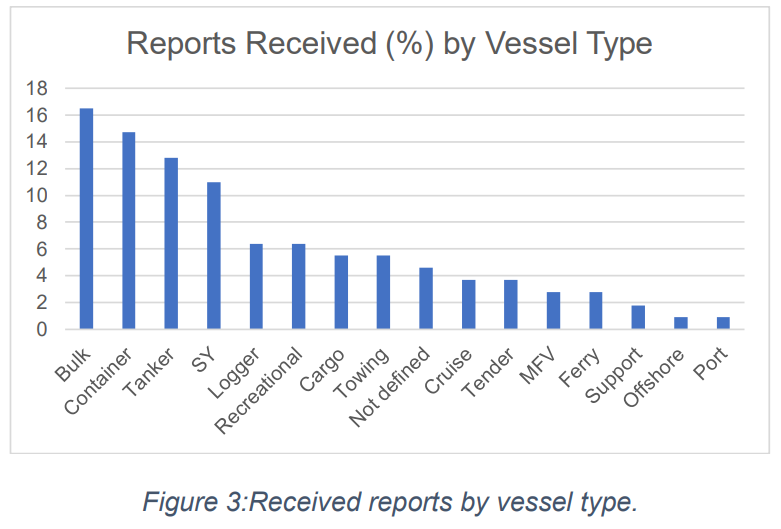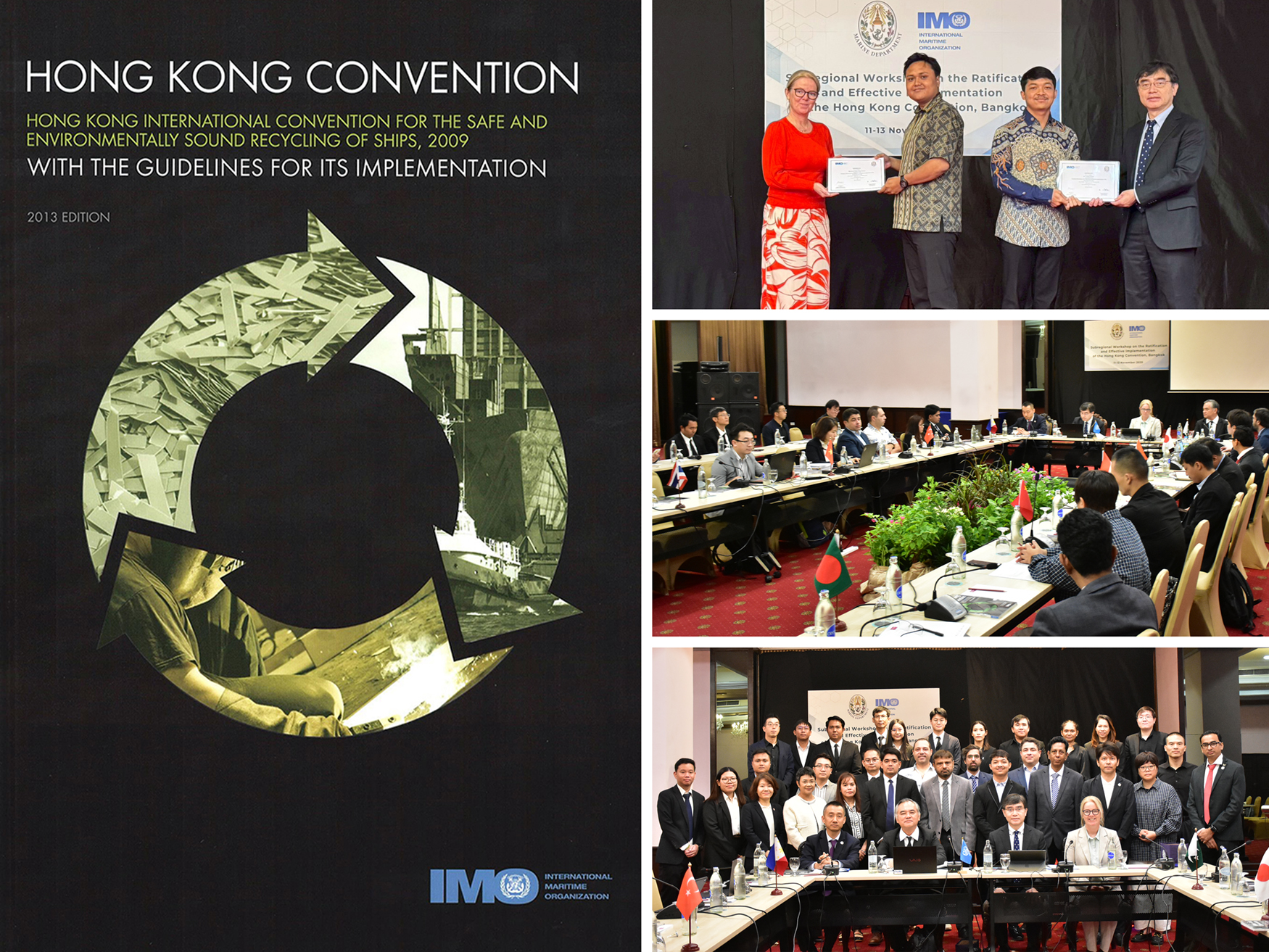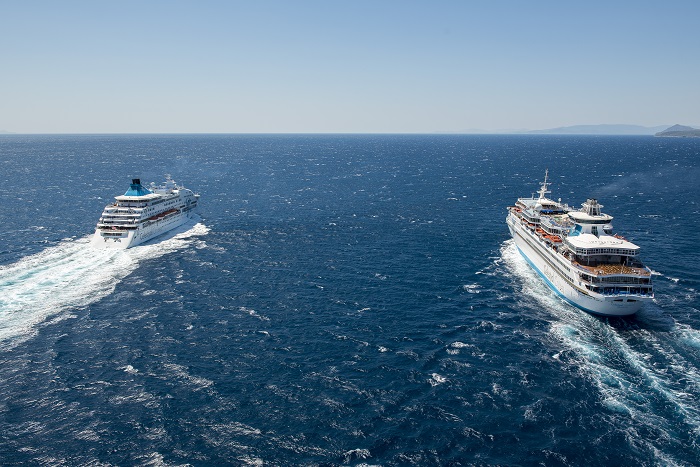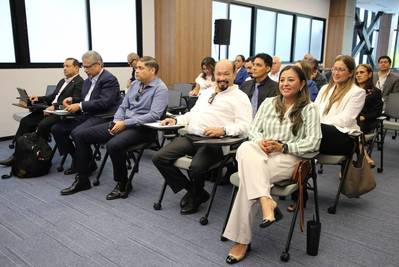





Recently, CHIRP Maritime released an analysis of shipping accidents that identifies the main causes of ship safety incidents reported to CHIRP Maritime over the past year. These include inadequate leadership or supervision, visual detection issues, inadequate risk assessment and lack of proactive safety risk management.
CHIRP Maritime's report shows that 65 percent of the incidents reported to CHIRP Maritime involved near misses, but only 35 percent of the actual incidents occurred. Nonetheless, this is a significant improvement over the previous year. It is understood that the previous year only 14% of incidents involving near misses but no actual accidents were reported.
#1 Incident Causes
CHIRP's analysis of all reports received showed that 88 different factors contributed to safety incidents or hazards, with an average of five identified factors per incident.
The top 10 factors:
Thirty-five percent of all reported incidents occurred with inadequate leadership or oversight.
35% of the reported incidents were due to no/wrong/delayed visual inspection, triggered typically by high workload, distraction or inattention.
Inadequate risk assessment was present in 32% of the incidents. This was commonly caused by a lack of crisis awareness (experience issues) or a lack of time to adequately assess and address the identified risks.
Proactive safety risk management is similar to the above, but at the organizational level. It emphasizes the need to improve the implementation of hazard identification and risk management practices. This factor is known to exist in 31% of cases.
Reactive safety management assurance occurs when risk assurance measures lack effectiveness in identifying and correcting safety deficiencies. This accounted for 23% of all reports.
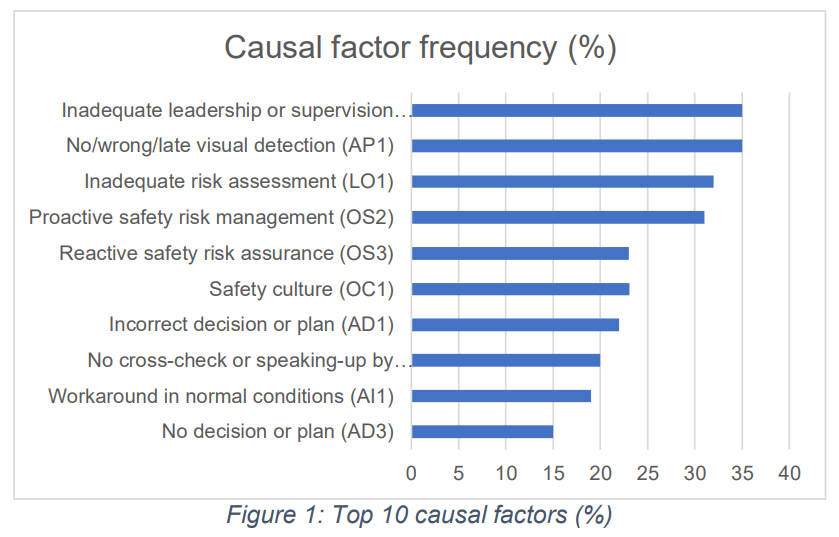
It follows that the most important factor for the most common accident factors listed above is the presence of sufficient experienced personnel who can allocate sufficient time and attention to the preparation and supervision of navigation activities.
CHIRP Maritime Director A Parnell said,
"The findings call into question the consistency of current minimum safety manning levels with the pace of operations at sea, particularly on short sea routes."
#2 Results
Nearly all incidents (i.e., non-attempts) reported to CHIRP resulted in personal injury or equipment damage. This finding is similar to last year's results, but the number of fatalities reported to CHIRP (<2%) has decreased compared to last year (10%).
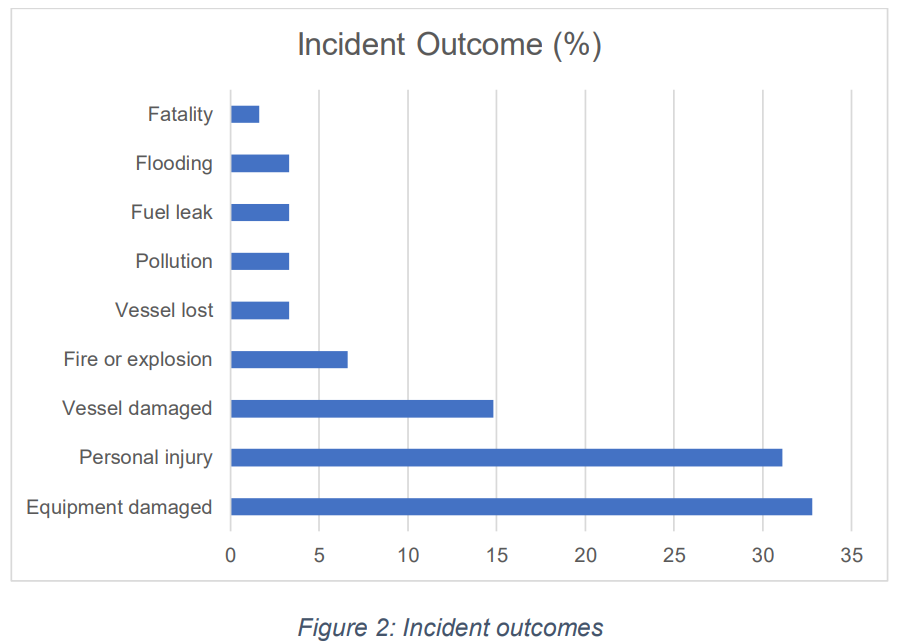
#3 Reporting Sources
The most common types of vessels reported received were bulk carriers (16%), container ships (14%) and tankers (13%), followed closely by superyachts (11%).
